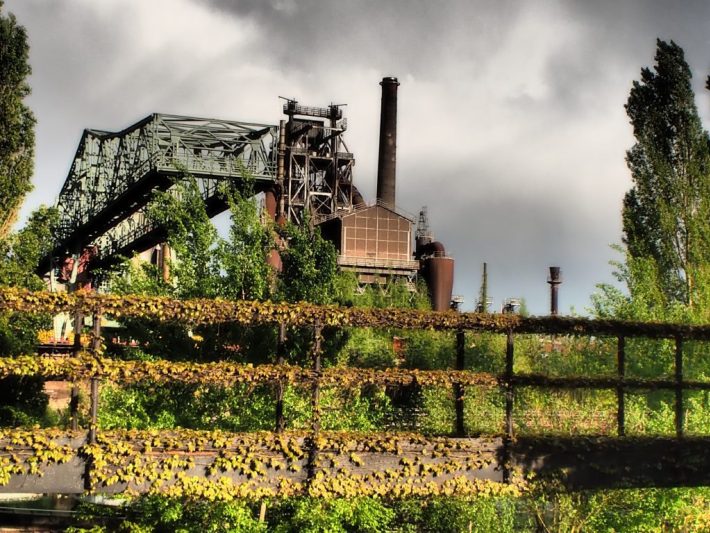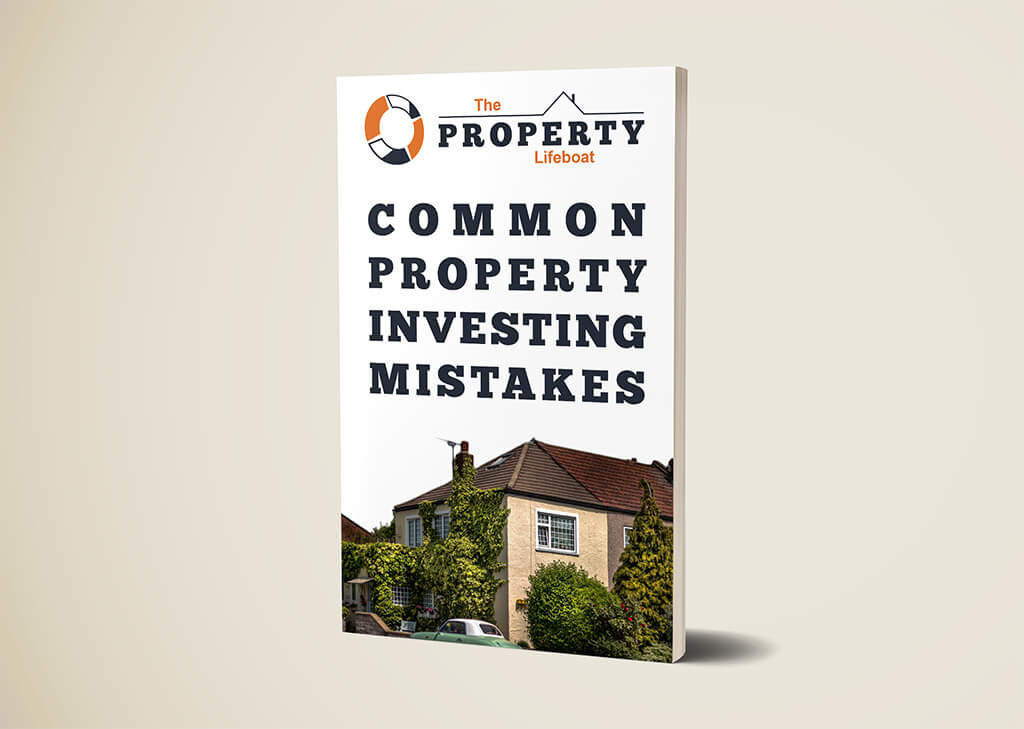
If this is your first foray into buying brownfield land, the process of buying the right plot can be quite a daunting task. The Property Lifeboat suggests our main tips on what to consider when looking for a site.
Buying brownfield land can be far more romantic than buying property. You feel as if you are acquiring your very own share, however small, of the available land. And although there are a few pitfalls, buying brownfield land is generally simpler than purchasing investment property. It can also, potentially, be just as lucrative if not more lucrative depending on what planning you get for the land.
Here are our top tips to consider:
Why Are You Buying Brownfield Land?
Why are you looking to buy land at all? Perhaps you see land as a better investment than you currently have and you are interested purely in the possibility for capital growth (whether or not you develop the land). Perhaps you want a site to build your own home or a portfolio of investment properties. You certainly need to have some long-term plan for the site because it will determine what you buy and where you buy it. Hopefully you are not getting into ‘land and development’ because someone down your local pub told you it was a good idea and a way to make quick money. Make sure your Why? is well understood.
We buy brownfield land because the route to planning is easier. We are also looking to buy units for rental (Build to Let) in urbanised areas. We will typically (but not always) look for a site that has an income producing unit, or units already, as this reduces our risk and costs. This is our Why? (and some of our How?) but it might not be yours.
Different Types of Land
Brownfield land is land that has or previously has had a building or development of some sort on it. Greenfield land, which has never been developed, is different in character from brownfield land, which has been built over previously. They are distinct markets and, in some respects, subject to different planning requirements.
Research The Market
It is worth spending some time to understand what types of sites are ‘available’ and what is ‘on the market’ in your area. By ‘available’ sites we mean potential development sites, not ones that are necessarily for sale. You can identify these using a land research and sourcing tool such as Land Insight or Nimbus Maps and then approach the owner to see if they are interested in selling. This will give you an idea of what stock of brownfield land is available in your area. You can also refer to your local authority list of identified brownfield sites. Currently marketed sites can be found by approaching local commercial agents in your area or searching using tools such as Rightmove.
Make sure you understand land values. Greenfield land is normally valued per acre based on it’s established use. Well-tended arable land might be £12,000 per acre. Equestrian land with water and power connected might be £15,000 to £20,000 per acre. Unutilised land which isn’t farmed could be sub-£10,000 per acre and woodland £4,000 to £6,000 per acre. However, smaller units of land tend to command a slightly higher premium since that are many people just looking for an acre of land for various uses.
Brownfield land tends to be valued slightly differently as it already has an established use which is more valuable. The best way to work out the value or ‘Land Receipt’ is to conduct a development appraisal to work out the gross development value and build/finance costs also taking into account developer profit. What is left is the value of the land.
Focus on Areas With Growth Potential
The “location, location, location” saying applies to brownfield land and sites as much as to properties. Keep an eye out for areas due to benefit from improved infrastructure such as transport links. Land price is very much affected by location, infrastructure and back end house prices. It is important to spend time getting to know your area of interest.
Consider Whether You Would Get Planning Permission.
Some plots of land are sold with planning permission already granted, although this is often only ‘outline’ planning permission – you will need to clear the final details with the planning authorities. Be wary of restrictive covenants or other legal restrictions on your freedom of maneuver. In short, planning issues are so intimately linked to your decision to purchase the land that it is vital to appoint a solicitor with expertise in this particular area.
Get the Land Surveyed
There are potential hidden snags when buying brownfield land, from boundaries and rights of way to flood risks and overhead power lines. It is always best to be on the safe side and to seek professional advice.
Know the Extent of Your Site.
Access to land can sometimes be more problematic than it appears. You need to be wary of land which is separated from a public highway by a so-called ransom strip (a small parcel of land retained by the previous owner with the intention of restricting development unless the ‘ransom’ is paid).
Treat Your Purchase as a Long Term Investment
You are not likely to make a quick profit on any site without investing time and money in planning, so it is sensible to play the long game and try to judge the optimum time to develop on the brown field site or to sell it.
Identify the Right Partners
You may decide that, once you have bought your brownfield land, you want to immediately develop it but don’t know where to start. It is critically important that you get sound advice at this stage from a planning consultant. It is possible that your site may be more speculative in nature – with no guarantee of getting planning – and you therefore may be wise to partner with somebody who will share some of this risk. At The Property Lifeboat we are actively involved in land promotion in Kent whereby we will take responsibility for the planning process. Please review the appropriate part of our site where we explain in more about how this works.
If you have any questions please get in touch.
FREE 'Common Property Investing Mistakes' guide.

We have created a free guide to help you get going on your property investment journey. This invaluable guide includes the most common property investing mistakes. The guide is completely FREE and you can claim your free guide by clicking here.


Hello. can you please specify if brownfield land is a previous quarry or landfill site, restored sympathetically to support livestock. I was advised years ago that this was brownfield site and the local planning information still says it is. I am advised by a developer that it is not. I have a registered smallholding of 17 acres aprox. with hay barns and storage.
Hi Pat, The advice from your developer contact is correct: this is not regarded as brownfield land. The confusion lies in the fact that National Planning Policy Guidance frequently and incorrectly uses the term interchangebly with ‘Previously Developed Land’ (PDL). The land you describe is clearly PDL – in that it has had some form of development from it’s original virgin state (infact at least twice, in that is was developed first into a quarry and now ultimately into agricultural land). Elsewhere however the definition of brownfield land is clear and there are several types of apparently ‘developed’ land that are specifically excluded from the brownfield definition. Taken directly from wiki, the two relevant exclusions here are:
Land that is or has been occupied by agricultural or forestry buildings; and
Land that has been developed for minerals extraction (mining) or waste disposal by landfill purposes where provision for restoration has been made through development control procedures;
So, your land does not qualify as brownfield land. This of course doesn’t mean that it can’t be further developed, but that would be a discussion for you to have with a planning consultant and/or your local planning department.
Regards,
Richard
admin@thepropertylifeboat.co.uk